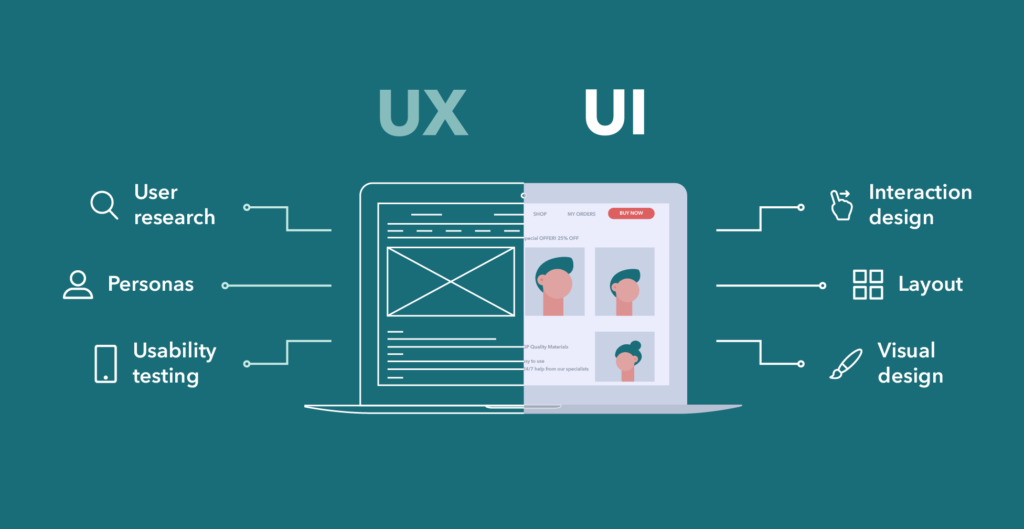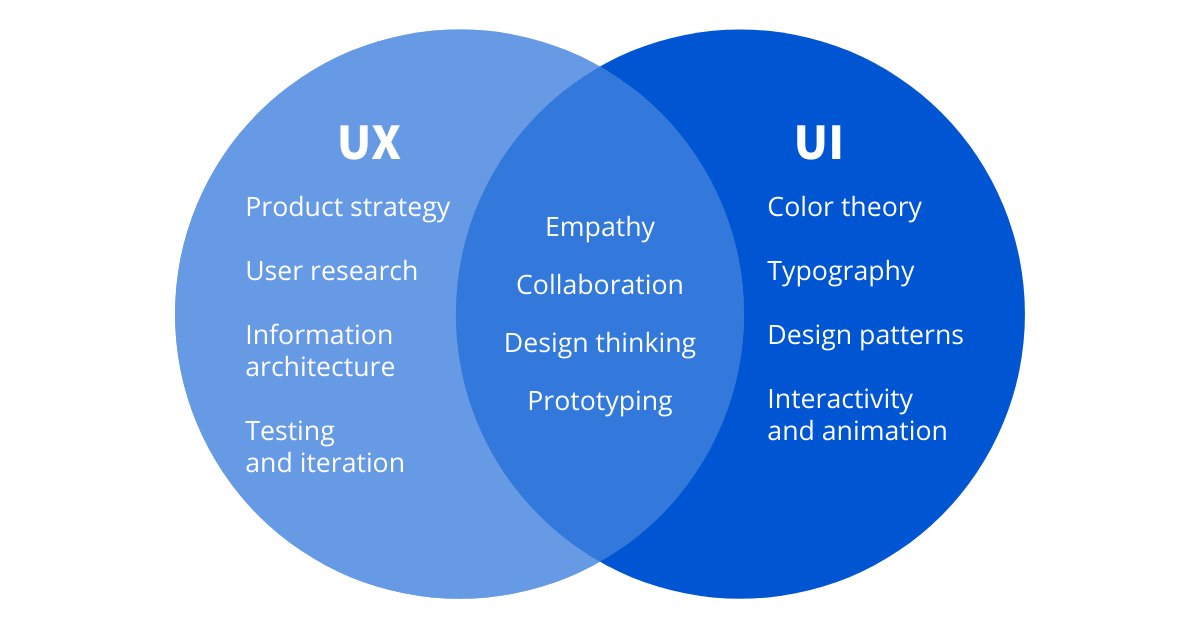
UI DESIGN
UI (User Interface) and UX (User Experience) design are closely related disciplines that focus on creating engaging and user-friendly digital experiences. While they are often associated with web design, UI/UX design extends beyond the web to various digital platforms and applications.
UI design focuses on the visual and interactive elements of a digital interface. It involves creating aesthetically pleasing and intuitive designs that facilitate effective user interactions. UI designers work on defining the look and feel of an interface, including elements such as buttons, icons, typography, color schemes, and layout.
Key aspects of UI design include: Visual Design: UI designers create visually appealing interfaces by utilizing design principles, such as balance, contrast, hierarchy, and alignment. They select appropriate color palettes, typography, and graphical elements to create a cohesive and visually pleasing experience.
Iconography: UI designers use icons to represent actions, functions, or objects within an interface. They design icons that are recognizable, clear, and consistent with the overall visual style of the interface. Layout and Composition: UI designers arrange interface elements strategically to provide clarity and guide users through the interface. They consider factors such as information hierarchy, spacing, and grouping to create a visually balanced and organized layout.
Responsive Design: UI designers ensure that the interface adapts well to different screen sizes and resolutions, providing a consistent and optimized experience across devices.
“UI is the saddle, the stirrups, & the reins. UX is the feeling you get being able to ride the horse.”
— Blake Ross, Co-creator of Mozilla Firefox
UX DESIGN
UX design focuses on the overall user experience and interaction flow within a digital product or application. It involves understanding the user's needs, goals, and behaviors to create intuitive and meaningful experiences. UX designers conduct research, create user personas, and develop wireframes and prototypes to test and iterate on the design.
Key aspects of UX design include: User Research: UX designers conduct user research to gain insights into user behaviors, preferences, and pain points. They use methods such as interviews, surveys, and usability testing to inform the design process.

Information Architecture: UX designers structure and organize content in a way that makes it easy for users to find information and navigate through the interface. They create sitemaps, user flows, and navigation systems to ensure a logical and intuitive user journey. Interaction Design: UX designers define how users interact with the interface, including the placement and behavior of interactive elements. They focus on creating smooth and meaningful interactions that align with user expectations.
Usability Testing: UX designers conduct usability tests to evaluate the effectiveness and efficiency of the design. They gather feedback from users and make iterative improvements based on the findings.


